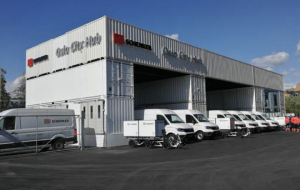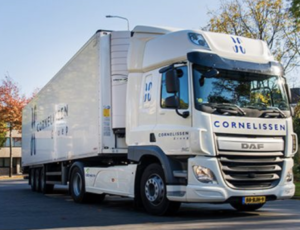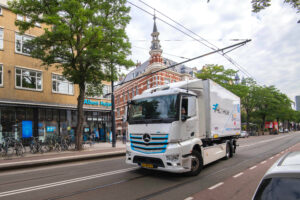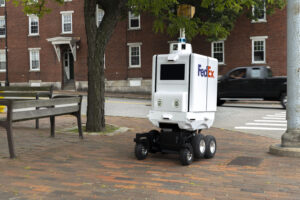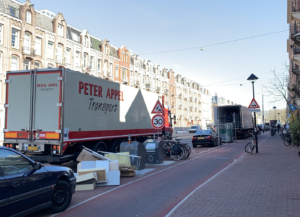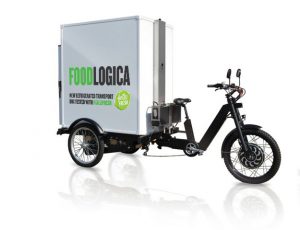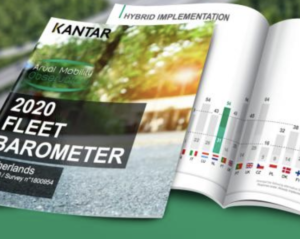LEAD – Low-Emission Adaptive last mile logistics through digital twins

The LEAD project will create Digital Twins of urban freight networks in six cities in TEN-T urban Nodes, namely Madrid (Spain), The Hague (the Netherlands), Budapest (Hungary), Lyon (France), Oslo (Norway), and Porto (Portugal). These will test and represent different innovative solutions for city logistics to address the requirements of the on-demand economy while aligning competing interests …

